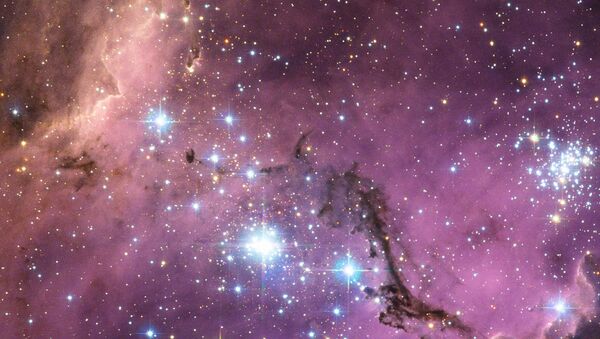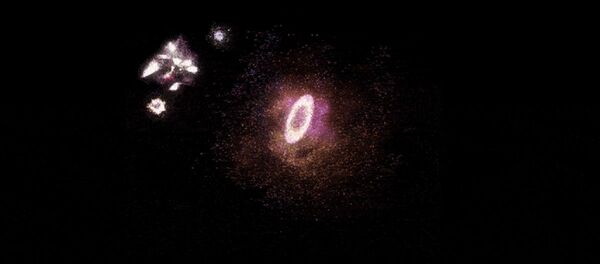Researchers have managed to locate and calculate the density of “normal matter” – that which makes up planets and stars – by using fast radio bursts (FRBs) that come from distant galaxies in the form of pulses, a new study published in Nature revealed.
Several decades ago, astronomers predicted that 5% of our universe consist of this normal or “baryonic” matter, but only half of this substance was easily observable with the help of traditional telescopes, leading to so-called “missing baryon problem”. Now, the study of FRBs and their dispersion helped to not only weight the density of this material but also to prove that it has been hidden in intergalactic space.
“We know from measurements of the Big Bang how much matter there was in the beginning of the Universe. But when we looked out into the present Universe, we couldn't find half of what should be there. It was a bit of an embarrassment,” explains Jean-Pierre Macquart, the paper’s author, an astronomer from the International Centre for Radio Astronomy Research.
“Intergalactic space is very sparse. The missing matter was equivalent to only one or two atoms in a room the size of an average office. So it was very hard to detect this matter using traditional techniques and telescopes.”
What about the rest of cosmic space though? According to some astronomers, the biggest proportion of our universe, around 68%, consists of dark energy that helps it to expand, while 27% is dark matter.


